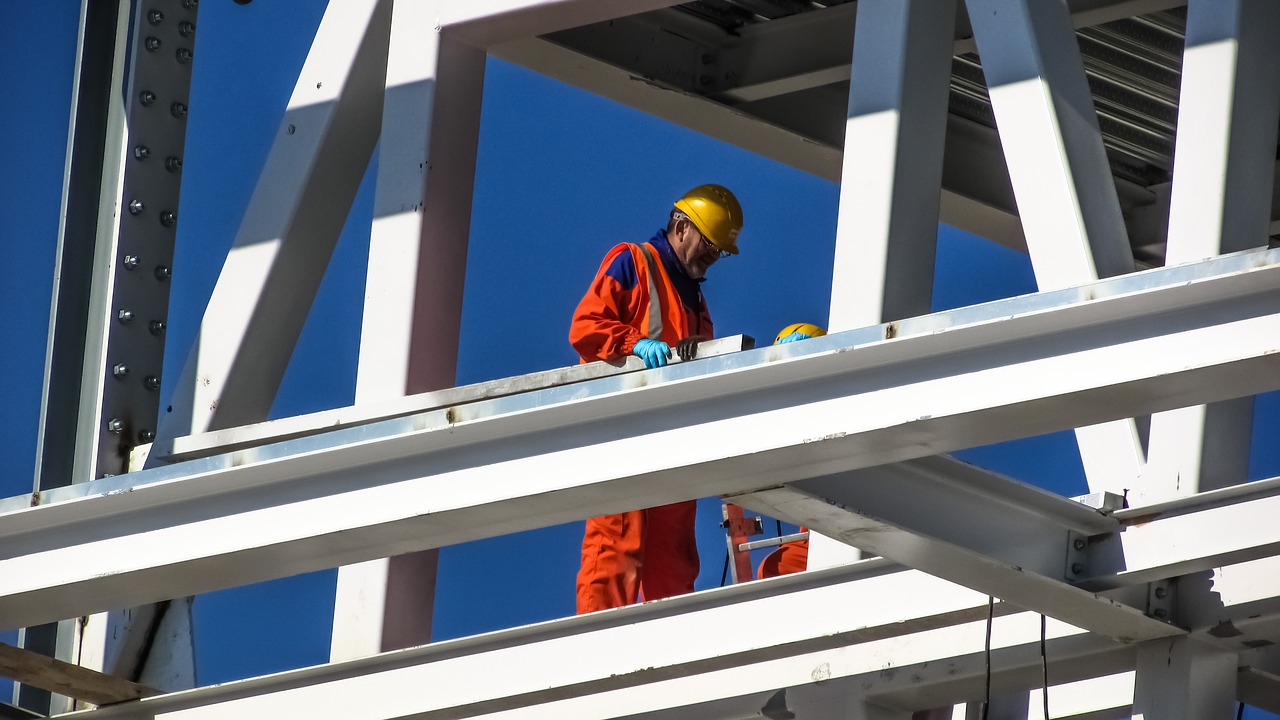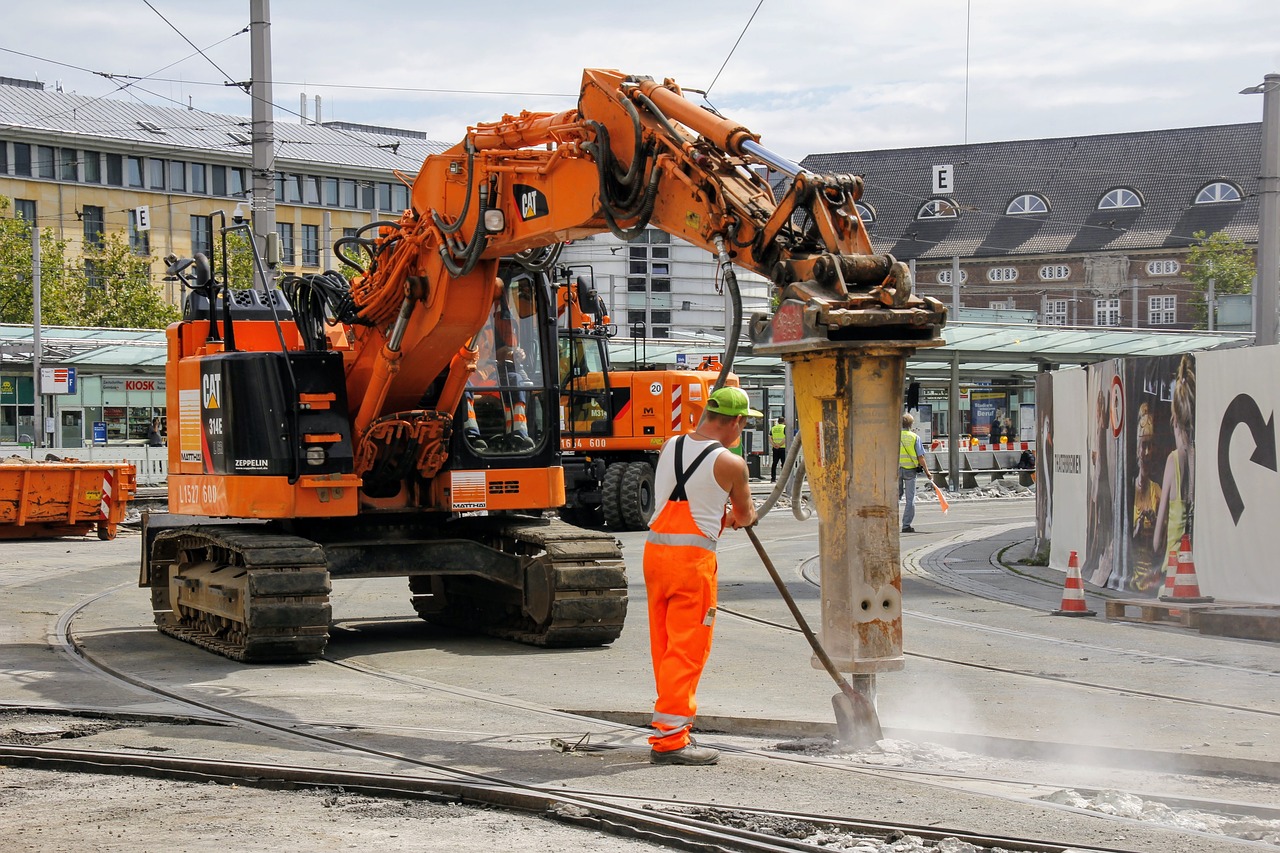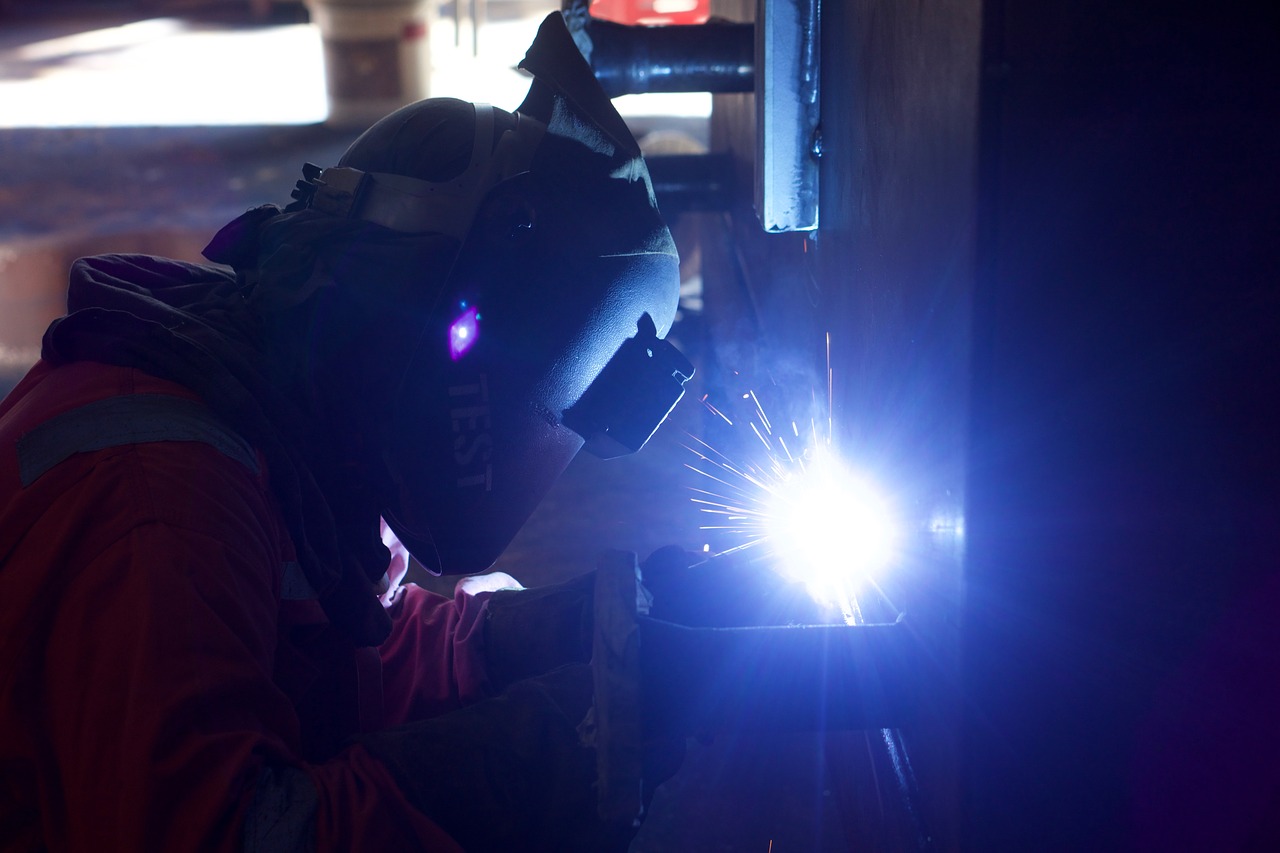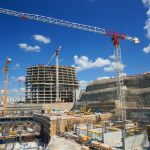
Construction Site Safety Tips
It’s a well known fact that working in construction is a dangerous business. In 2016 alone just under 20%* of all workplace fatalities occurred in the construction industry.
With 123 deaths and over 60,000 serious injuries on construction sites in Australia between 2008 – 2013*, safety on construction sites should not be taken lightly.
There are many ways to promote safety on a construction site. Below is a list of four ways to improve job site safety based on the most common causes of injury and death on Australian construction sites.
- Falls From Heights

The number one cause of injury on a construction site is a fall. This will come as no surprise as most construction sites are rife with fall hazards from trenches and ladders to working at the top of a high rise building.Employers are required by law to install fall prevention systems on any area that is six feet above a lower level. To reduce fall hazards it is important to inspect all guardrails and barriers to ensure that they are not broken or damaged.Additionally, all workers should identify and familiarise themselves with any known fall hazards on the construction site before work commences. - Equipment & Machinery Operation
 Another big safety hazard on any construction site is equipment and machinery operation. Any vehicle is a hazard when operated in proximity to pedestrians. This is especially true on construction sites where heavy duty vehicles are often in use.When using heavy duty machinery such as cranes on it is essential to rope off or otherwise mark the entire swing radius of the vehicle. This will help to prevent accidental injuries to oblivious workers in the wrong place at the wrong time. Employing a spotter to ensure that the area remains clear during machinery operation will help to enforce this.There are many things that can go wrong while operating cranes and heavy machinery. Even the most skilled operators have been injured or killed in preventable accidents. That is why it is important to ensure that all operators have the proper qualifications and are up to date on their training.Operators need to know the limitations of the crane or other vehicle they are operating. Equipment should not be used to perform tasks that they are not designed for.Because there are so many risks involved in crane operation, hiring a professional crane operator you can trust is essential. Choose a crane hire company with a team of highly trained and fully licensed crane operators to reduce the risk of injuries on your job site.
Another big safety hazard on any construction site is equipment and machinery operation. Any vehicle is a hazard when operated in proximity to pedestrians. This is especially true on construction sites where heavy duty vehicles are often in use.When using heavy duty machinery such as cranes on it is essential to rope off or otherwise mark the entire swing radius of the vehicle. This will help to prevent accidental injuries to oblivious workers in the wrong place at the wrong time. Employing a spotter to ensure that the area remains clear during machinery operation will help to enforce this.There are many things that can go wrong while operating cranes and heavy machinery. Even the most skilled operators have been injured or killed in preventable accidents. That is why it is important to ensure that all operators have the proper qualifications and are up to date on their training.Operators need to know the limitations of the crane or other vehicle they are operating. Equipment should not be used to perform tasks that they are not designed for.Because there are so many risks involved in crane operation, hiring a professional crane operator you can trust is essential. Choose a crane hire company with a team of highly trained and fully licensed crane operators to reduce the risk of injuries on your job site. - Moving or Falling Objects
 Moving or falling objects account for many of the workplace deaths on construction sites and are an inevitable part of working in construction. However, there are safety procedures to help reduce the risk of these hazards.Hard hats should be worn at all times on construction sites. Employers must install toe boards, screens, guardrails and barriers where necessary to reduce the risk of injury from falling objects. Tool lanyards must be used to protect workers below from falling equipment.When working on scaffolds, hoist tools before climbing the scaffolding and never leave tools or equipment on the scaffold at the end of a shift.When lifting materials with machinery, never lift a load over people and ensure all workers are clear of the swing radius before lifting.
Moving or falling objects account for many of the workplace deaths on construction sites and are an inevitable part of working in construction. However, there are safety procedures to help reduce the risk of these hazards.Hard hats should be worn at all times on construction sites. Employers must install toe boards, screens, guardrails and barriers where necessary to reduce the risk of injury from falling objects. Tool lanyards must be used to protect workers below from falling equipment.When working on scaffolds, hoist tools before climbing the scaffolding and never leave tools or equipment on the scaffold at the end of a shift.When lifting materials with machinery, never lift a load over people and ensure all workers are clear of the swing radius before lifting. - Contact With Electricity
 The fourth most common cause of serious injury or death on Australian construction sites is contact with electricity**. Working on a construction site is commonly accompanied by a range of electrical hazards from large power tools to energised circuits.It is vital the all workers are informed of any electrical hazards and how to avoid them before entering a construction site. To minimise risk of injury or death due to electrical hazards, ensure that anyone working on or in close proximity to such hazards are wearing the appropriate protective eyewear and gloves.Employers should also install guard rails around uneven work surfaces to avoid accidents. All live or energised circuits should be marked as such and surrounding areas should be kept free of any debris or other trip hazards.
The fourth most common cause of serious injury or death on Australian construction sites is contact with electricity**. Working on a construction site is commonly accompanied by a range of electrical hazards from large power tools to energised circuits.It is vital the all workers are informed of any electrical hazards and how to avoid them before entering a construction site. To minimise risk of injury or death due to electrical hazards, ensure that anyone working on or in close proximity to such hazards are wearing the appropriate protective eyewear and gloves.Employers should also install guard rails around uneven work surfaces to avoid accidents. All live or energised circuits should be marked as such and surrounding areas should be kept free of any debris or other trip hazards.
*https://www.safeworkaustralia.gov.au/statistics-and-research/statistics/fatalities/fatality-statistics
**https://www.safeworkaustralia.gov.au/infographic-fatalities-injuries-and-solutions-construction




